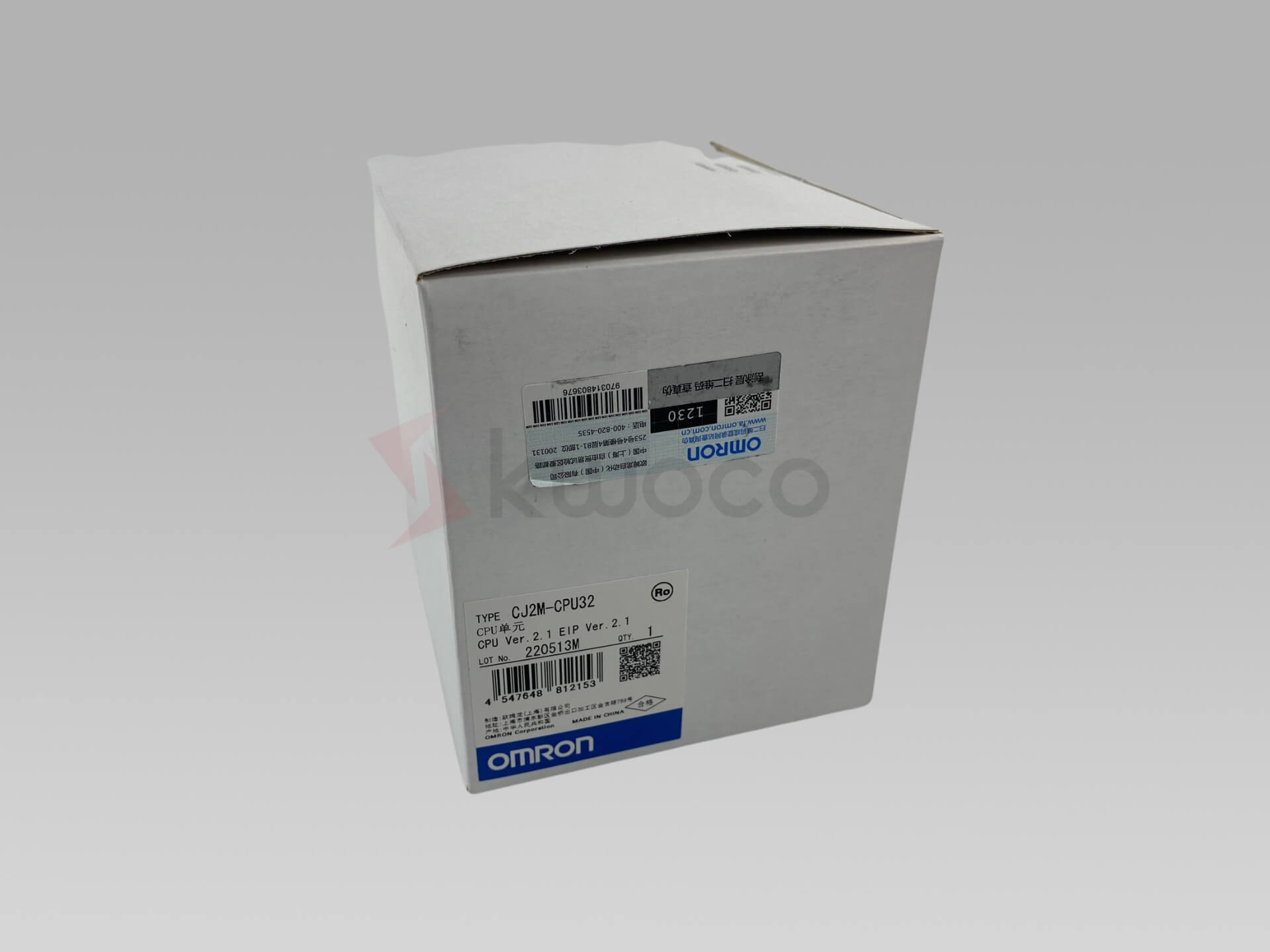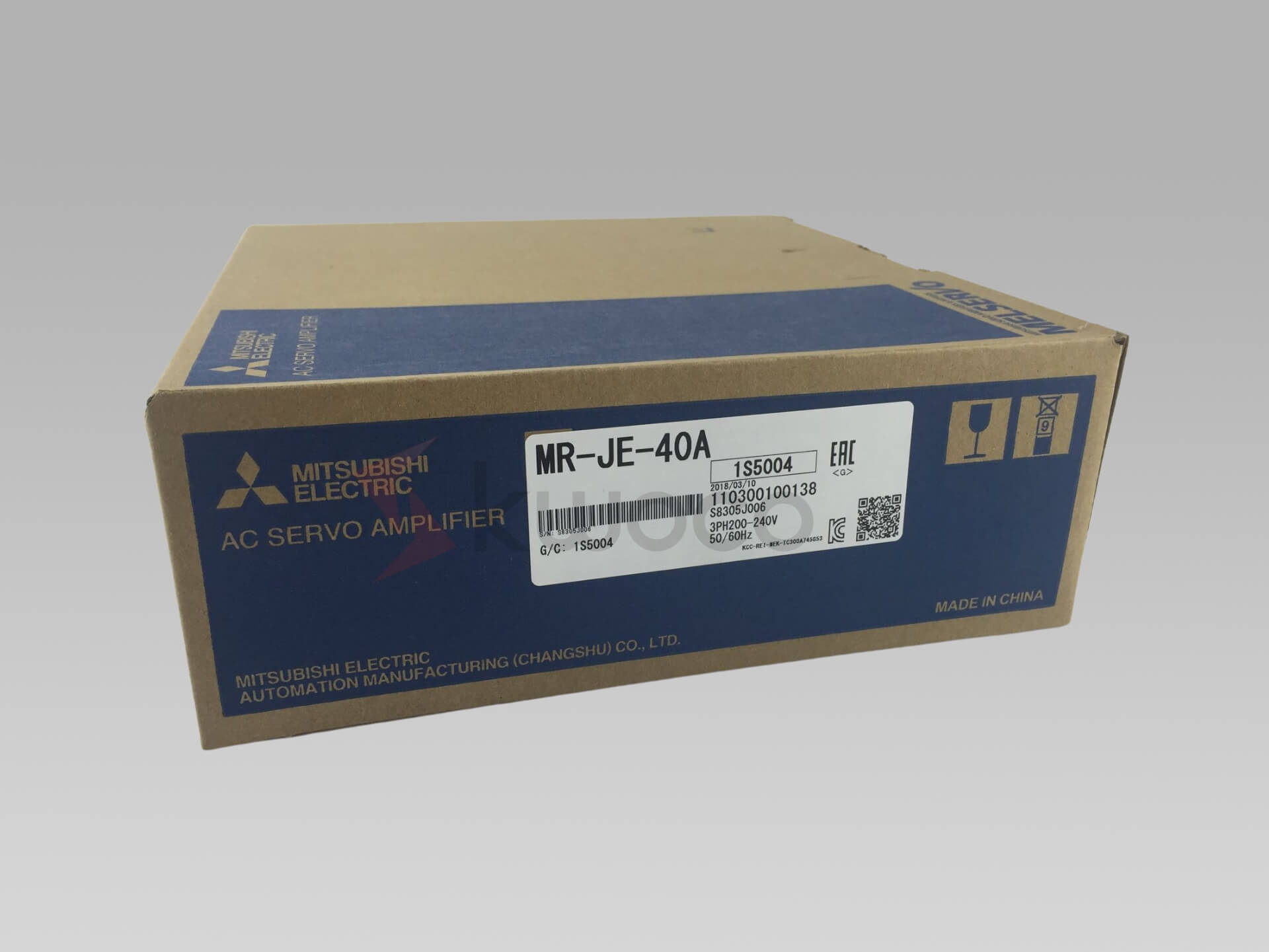DeviceNet Explained: Industrial Network Protocol Guide 2024
This comprehensive guide will help you understand what DeviceNet is, how it works, and why it remains a crucial technology in today’s manufacturing landscape.
Table of Contents
What is DeviceNet and How Does it Work?
DeviceNet is a communication protocol originally developed by Allen-Bradley (now Rockwell Automation) that utilizes the Common Industrial Protocol (CIP) for industrial automation applications. This open network protocol enables communication between industrial controllers and I/O devices, supporting up to 64 nodes on a single network.
The protocol is based on Controller Area Network (CAN) technology and operates as a connection-based network. DeviceNet uses a multi-drop network architecture that allows devices to be easily added or removed without disrupting the entire system.Key features include:
- Support for peer-to-peer communication
- Flexible network topology
- Built-in power distribution
- Automatic error detection and recovery
What Are the Key Components of a DeviceNet Network?
A DeviceNet network consists of several essential components:
- Physical Layer
- Trunk cable (thick or thin)
- Drop cables
- Terminators at each end of the trunk
- Power supply
- Nodes
- Controllers (PLCs, industrial computers)
- I/O devices
- Sensors and actuators
- Each node requires a unique MAC ID (0 to 63)
| Data Rate | Maximum Trunk Length |
|---|---|
| 125 kbps | 500m |
| 250 kbps | 250m |
| 500 kbps | 100m |
How Does DeviceNet Handle Communication?
DeviceNet employs a sophisticated communication architecture that operates on multiple layers:
- Application Layer
- Uses CIP for message handling
- Supports both explicit messages and I/O data
- Enables device configuration and diagnostics
- Data Link Layer
- Manages message prioritization
- Handles collision detection
- Controls network access
- Message Types
- Poll
- Cyclic
- Change of State
- Strobe
What Makes DeviceNet Different from Other Industrial Networks?
DeviceNet stands out due to several unique characteristics:
- Power and Signal: Combines both power and signal on the same cable
- Open Standard: Managed by ODVA (Open DeviceNet Vendor Association)
- Flexibility: Supports various communication methods
- Scalability: Easy to expand or modify network configuration
How to Configure and Troubleshoot DeviceNet Networks?
RSNetWorx for DeviceNet is the primary tool for:
- Network configuration
- Device programming
- Troubleshooting
- Network monitoring
Best practices include:
- Regular network health monitoring
- Proper cable routing and installation
- Maintaining proper termination
- Following ODVA guidelines for network design
Frequently Asked Questions
DeviceNet supports up to 64 nodes (addresses 0-63) on a single network.
DeviceNet supports three data rates: 125 kbps, 250 kbps, and 500 kbps, depending on cable length requirements.
Yes, DeviceNet remains widely used in industrial automation due to its reliability and extensive installed base.
DeviceNet uses both round and flat cables, with thick and thin trunk options available for different applications.
Yes, DeviceNet is designed to withstand industrial conditions and offers robust error handling capabilities.
Power your projects with brand-new, original Omron, Mitsubishi, Schneider PLC – in stock, ready now!
Conclusion
- DeviceNet is a robust industrial network protocol supporting up to 64 nodes
- It combines power and communication on a single cable
- The protocol offers flexible communication methods
- Regular maintenance and proper configuration are essential
- ODVA provides standards and conformance testing
- Network design must consider cable length and data rate requirements
Looking for new, original PLCs for your projects? At Kwoco, we stock the latest PLCs from top brands like Omron, Mitsubishi, and Schneider. Shop with confidence—fast shipping, guaranteed quality! Buy Now
Contact Us
Just fill out your name, email address, and a brief description of your inquiry in this form. We will contact you within 24 hours.
You May Also Find These Topics Interesting

Understanding HMI: What It Is and How It Works
In industrial automation, HMI (Human-Machine Interface) is a common term. But what exactly is it, and what does it do? As an engineer at Kwoco, I work with HMI systems daily, and today, I’ll take you through an in-depth look.

Step-by-Step Guide to Programming Omron PLCs for Beginners
Programmable Logic Controllers (PLCs) are essential components in industrial automation, and Omron PLCs are among the most widely used in the industry. If you’re new to PLC programming, this step-by-step guide will walk you through the basics of programming Omron PLCs, helping you get started with confidence.

10 Essential Insights About OMRON PLC CJ2 Series
10 Essential Insights About OMRON PLC CJ2 Series KWOCO focuses in internationally renowned industrial automation products, I’ve had extensive hands-on






